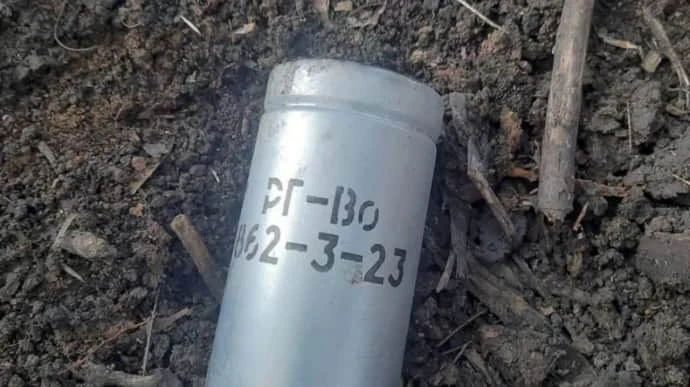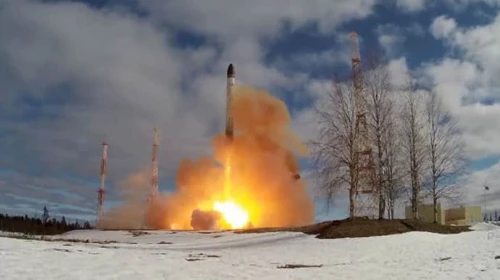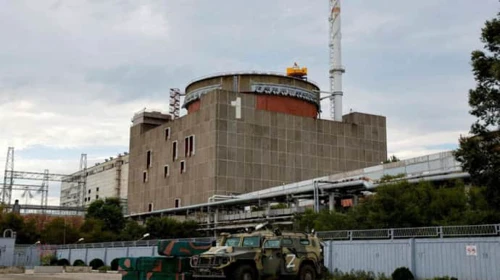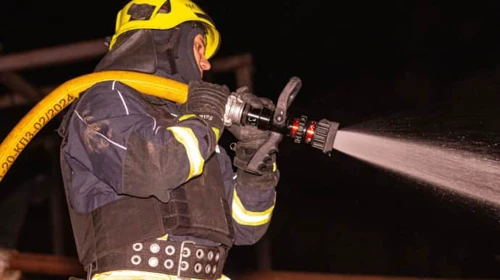Ukraine's Armed Forces say Russians use riot control agents rather than chemical weapons

Throughout Russia's full-scale military aggression against Ukraine, Russian forces have been using not only conventional weapons but also specialised ammunition loaded with hazardous chemicals. However, it is incorrect to classify these as "chemical weapons".
Source: Captain Dmytro Lykhovii, spokesperson for the General Staff of the Armed Forces of Ukraine, in an interview with ArmyInform
Quote: "The term "chemical weapon" is inaccurate regarding these munitions. However, the use of ammunition containing toxic substances in warfare is also strictly prohibited by the Chemical Weapons Convention, which bans the development, production, stockpiling and use of chemical weapons."
Details: This refers, in particular, to the Russians using hand grenades filled with gas, such as the K-51 and the RG-VO models, which are intended for riot control and are prohibited for use in armed conflict.
The Russians often use chloroacetophenone – a substance technically classified as a riot control agent rather than a chemical weapon. Lykhovii explained that chloroacetophenone, described in the Chemical Weapons Convention, is known for rapidly causing irritation to human sensory organs and temporary physical discomfort, such as tearing, nasal discharge, and blurred vision.
Lykhovii noted that the Russians, in addition to violating the Convention, are clearly aware of the effectiveness of these weapons, because when combating street riots, the police use such methods to make the protesters disperse and cease their actions. In the case of a combat setting, however, soldiers remain in their positions – within a chemically hazardous environment. These actions by Russian forces are deliberate violations aimed at inflicting harm on Ukrainian forces through the use of toxic substances.
Support The-News by becoming our patron! Your help keeps us thriving. Thank you!




To leave a comment, please log in.